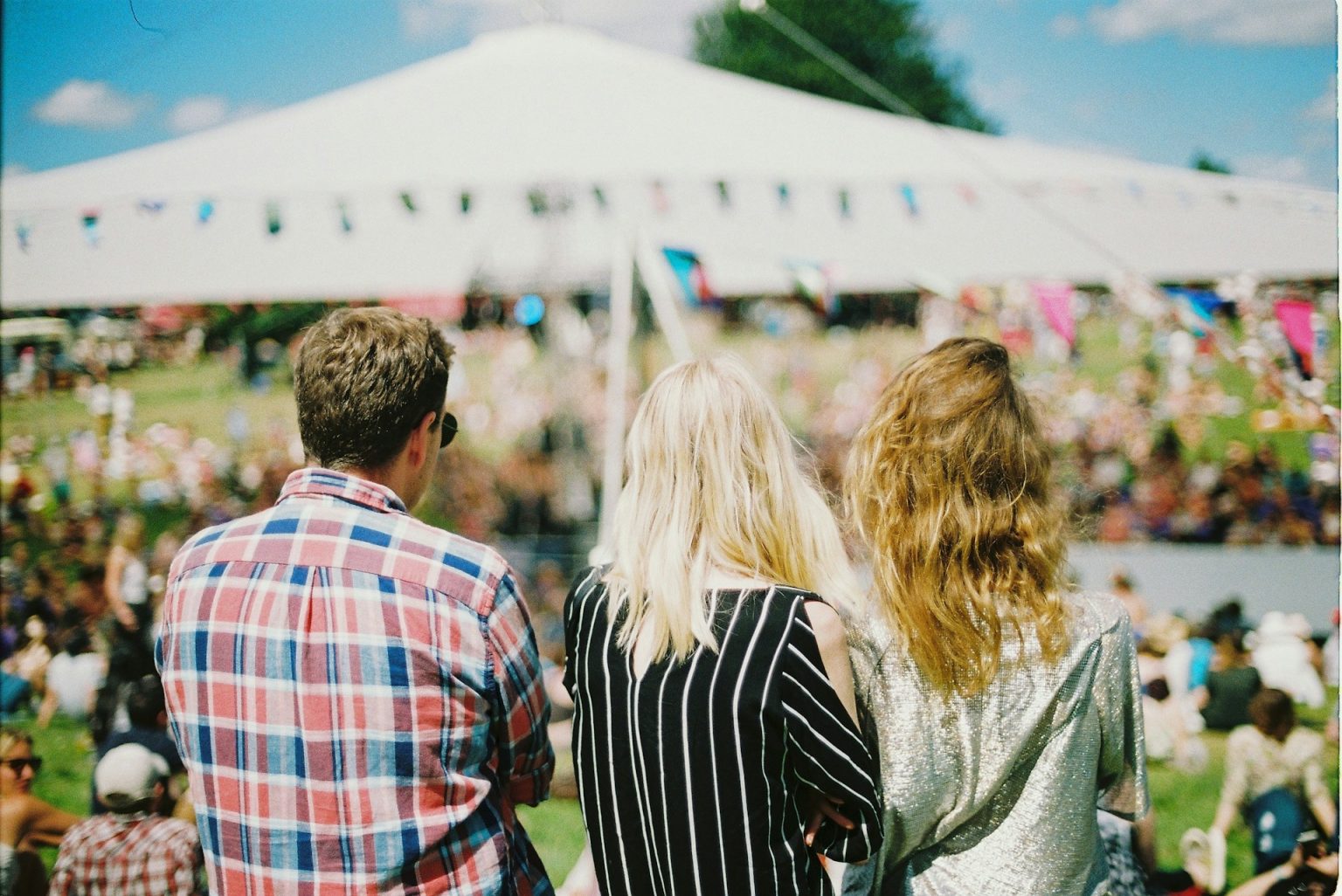A two-day spectacle awaits in Kent, where the grand Renaissance Faire UK: The Crossing of Worlds takes over Quex Park on the 13th and 14th of September 2025. This event brings together music, storytelling, theatrical performances, and a rich setting drawn from folklore and myth. Visitors can join a fictional royal wedding and explore a living fantasy world filled with lore and elaborate world-building. It opens its gates at 9am and carries on until late evening, promising something distinctly different from the usual weekend fare.
The Wedding That Shapes the Realms
The main storyline this year centres on a rare union between two powerful lineages. Prince Andal, descended from the Fae monarchs Oberon and Titania, is set to marry Princess Syldari, whose parents rule the Elven lands. Their marriage follows a history marked by strain between their worlds. This event acts as the foundation for the entire weekend, guiding the performances, interactions, and challenges woven throughout the fair.
Guests can wander among elaborately costumed actors and themed camps. The Fae Camp, Elf Camp, and others welcome visitors into their fold with theatrical vignettes, improvisational roleplay, and invitations to join quests or challenges. Everything unfolds in real time, shaped by the decisions and interactions of those attending. The audience never remains passive. They become participants in the tale.
A Feast for the Senses and the Imagination
Stalls stretch across the grounds of Quex Park, offering handmade crafts, curious trinkets, baked goods, and meals drawn from historic inspiration. These traders do not arrive with mass-produced items. They build their displays with attention to detail, selling goods that reflect the period setting or the fantasy realms within it. There are pies wrapped in pastry, drinks with fragrant herbs, and leatherwork that appears forged in storybooks.
Music plays an essential role throughout the day. Performers shift between strings and drums, songs and chants. Dancers move to rhythms pulled from various traditions, drawing on folk and fantasy both. Combat arenas add another rhythm of their own, with clashing steel and timed movement as knights and mercenaries square off for the crowd’s approval. Each moment is designed to evoke wonder without veering into spectacle for its own sake.
Influence Beyond the Gates of Quex Park
The appeal of Renaissance-themed events reaches beyond hobbyists or costume enthusiasts. Renaissance motifs hold sway in many forms of media. Paintings of idealised figures, tapestries of knights and feasts, and tales of courtly intrigue all carry echoes of that era. These motifs have found their way into television, novels, tabletop games, and online platforms.
Renaissance imagery has even shaped digital games such as online slots. Some of these casino games borrow the aesthetic of historical art and feature Renaissance figures. One prominent example is Da Vinci Diamonds, where iconic paintings such as the Mona Lisa and The Last Supper appear alongside gem-studded reels to form a backdrop of grandeur. This blending of art and mechanics draws directly from the symbols and legacy of that age.
Board games feature guild politics and exploration of ancient cities. Streaming shows offer fictional monarchies and magical courts styled after Renaissance kingdoms. Stage plays and fantasy festivals continue the tradition. This influence does not fade. The popularity of Renaissance fairs comes from their ability to channel that enduring appeal into something tangible. People want to enter these imagined realms, even if only for a weekend.
The Realms of the World Tree
Unlike other festivals that settle for a single time period or tone, The Crossing of Worlds unfolds across multiple fictional realms, each with its own flavour. The lore brings together land, sea, ice, fire, sky, and dream.
Mor features merfolk who navigate tensions with steam-powered settlers. Coswyk is an enchanted forest realm where beauty often carries danger. Ebron lies in the skies, filled with floating islands and exiled convicts seeking redemption. Adamant shines with crystal peaks and Arcane Elves who watch over the balance of magic. Angwav is wrapped in frost, ruled with a steady grip under Loralae. Eth offers innovation powered by steam and imagination. Teudh burns with fire, where Orcs and Dwarves rebuild what past battles shattered. Hunrosow exists across all of them as the Dreamlands, a mysterious bridge between worlds. Then there is Dor, the realm of humans, a patchwork of the others and the last fragment of the original world.
Each realm allows guests to encounter characters, symbols, and traditions that tie into its unique environment. The setting encourages exploration by foot. There are no maps with marked trails. Curiosity becomes the guide.
A Story That Lives Beyond the Weekend
In the months leading up to the September event, the fair has run an unusual campaign. Actors have appeared on TikTok, Threads, Facebook, and Instagram. Speaking in character, they present fragments of the story, send invitations, and tease upcoming developments. This strategy resembles alternate reality games. Characters reach out beyond the fairgrounds, building connections before the visitors ever step through the gate.
This form of storytelling adds depth. Those who follow the social media accounts arrive already familiar with names, rivalries, and alliances. Some even bring costumes or items aligned with the factions they support. The fair becomes more than a gathering. It becomes the next chapter in an unfolding narrative.
A Day from Dawn to Nightfall
The event begins at 9am and closes at 10:30pm. Those hours carry guests through changing tones. The morning feels fresh and open, with camp introductions and early quests. Afternoon carries warmth and noise, with music stages in full use and the combat arena drawing crowds. The evening brings different lighting, masked gatherings, quieter performances, and perhaps the culmination of the royal wedding plotline.
This rhythm keeps the atmosphere in motion. Attendees can move between activity and calm, action and reflection. There are places to sit beneath trees, and there are alleys of tents to wander through while costumed characters whisper of alliances and betrayals. Some seek out the masked ball. Others prefer the fire-dancer performances that mark the final hours. There is no set path. Each visit unfolds differently.
An Ode to Imagination
The popularity of Renaissance fairs rests on their ability to draw people into a constructed world that feels alive. This comes from more than costumes or period speech. It relies on the belief that stories still matter. The wedding of two fictional royals means something in this context. Guests treat the event seriously because the actors do as well. The magic lies in that shared commitment.
Whether drawn by lore, costumes, combat, or crafts, those who attend take part in something distinct. There are no screens directing movement. There are no narrators breaking the spell. There are clues to follow and alliances to form. The reward comes in how the story shapes itself around those choices. Renaissance fairs endure because they offer this blend of old themes and personal involvement. They remind people that pageantry and performance still hold value when done with care.



